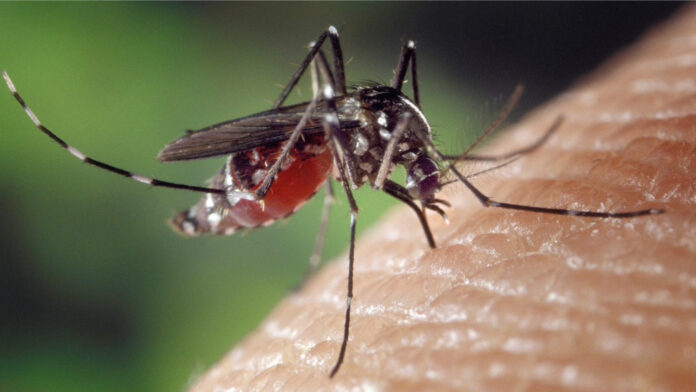It has been less than a century since malaria was endemic to parts of Canada.
When local wetlands were drained for development and insecticide use grew, we started to push out the mosquitoes that transmit the Plasmodium parasite that causes malaria. It wasn’t until the 1950s that highly toxic insecticides DDT and Paris Green were used so heavily that malaria was eradicated, leaving behind environmental consequences that are still measurable today.
With climate change heating up regions that were formerly temperate, malaria could make a comeback in Canada. Researchers from Public Health Ontario, McMaster University, and Leiden University are looking for ways to fight it by studying museum collections. Their review of the molecular techniques that could make this possible was published in Proceedings of the National Academy of Sciences (PNAS).
“As the deadliest vector-borne disease, malaria continues to present a challenge to those battling the disease and underscores an urgent need for the development of novel insecticides or vaccines,” said co-author Mark Nelder, an entomologist with Public Health Ontario who specializes in vector-borne diseases, in a press release.
Understanding the historical evolution and movement of malaria would be a huge help for developing new diagnostics, therapeutics, and vaccines, or even insecticides that have a smaller ecological impact. But relying on the remains of patients who were infected with malaria to find those clues is challenging, especially if they died from other causes after surviving their infection.
The authors suggest a different route: ‘prospecting’ for traces of pathogens in the historical mosquito collections housed in museums around the world. Specimens collected in Canada date as far back as the 1700s.
If DNA from the Plasmodium parasite can be extracted from these mosquito specimens, then we could better understand their co-evolution with both people and mosquitoes. Knowing when and where the specimens were collected, we could also improve predictive modeling of how malaria moves based on surrounding climate.
The approaches described in their paper could also be applied to other infectious diseases, illuminating their history with modern technology.
The team will be expanding their work by collaborating with the Ohneganos project in a co-creation initiative that will integrate Western science and Indigenous knowledge to address big problems like climate change, water health, and Indigenous community health. This is especially important given the outsized impact of epidemics on Indigenous communities.
Beyond Canada’s borders, malaria continues to be a threat to human health, and is particularly fatal in young children. Accelerating the search for new ways to prevent and treat malaria is an effort that will have global reach.








































